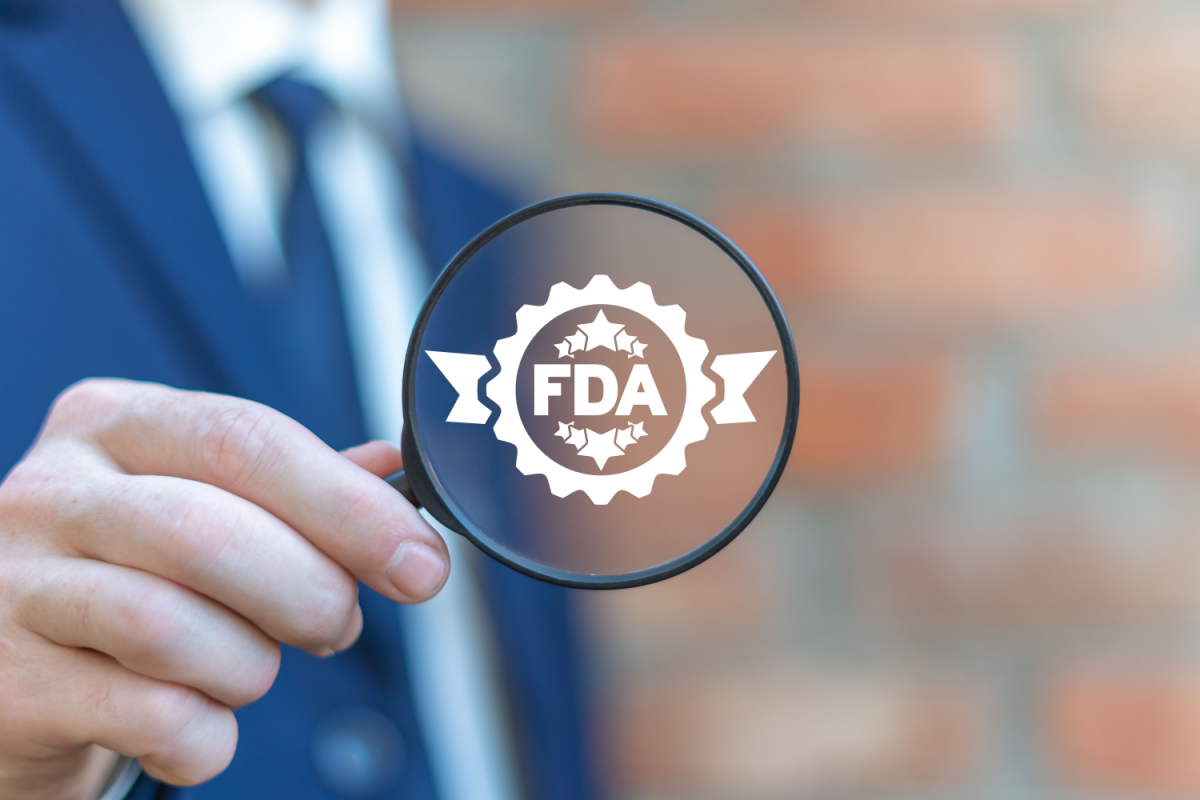The US Food and Drug Administration (FDA) is preparing to introduce a new requirement for prepackaged foods in the US. This rule would mandate front-of-package nutrition labeling, which would display key nutrient information on the front of the packaging, in addition to the existing nutrition label on the back.
The idea of front-of-package nutrition labeling is not new since many countries already use this system. For instance, in Chile, a stop sign symbol warns consumers if a product is high in sugar, saturated fat, sodium or calories. Israel uses a red warning label for similar purposes, while Singapore assigns a letter grade to beverages based on their nutritional value.
In the US, advocates have long lobbied the FDA for front-of-package labels, claiming they help consumers make healthier choices and encourage food manufacturers to reformulate their products. The FDA, which had been largely silent on this issue, expressed interest in front-of-package labeling as part of a national health strategy announced at the White House Conference on Hunger, Nutrition and Health in 2022. Since then, the FDA has reviewed relevant literature and conducted focus groups to test potential label designs.
Related: FDA Food Budget 2025: Enhancing Food Safety and Nutrition
Industry Opposition to Front-of-Package Nutrition Labeling
The proposal faces opposition from trade associations representing the food and beverage industry. The Consumer Brands Association and the FMI (Food Industry Association) created the voluntary “Facts up Front” label system in 2011. This system highlights calories, saturated fat, sodium and added sugars per serving size on the front of packages.
These organizations argue that mandatory interpretive front-of-package nutrition labeling designs could cause unnecessary fear among consumers without providing meaningful context on how a food item fits into a healthy diet.
There are also potential legal challenges. The US has broad interpretations of free speech, including corporate speech. This means that purely factual labels, such as those indicating grams of added sugars, are more likely to be deemed constitutional compared to labels using colors or shapes to characterize a product’s healthiness.
Advocacy for Mandatory Labels
Advocates for mandatory front-of-package nutrition labeling argue that the voluntary system is insufficient. They believe that only a mandatory, widespread labeling system can provide consumers with reliable and consistent nutritional information. They also criticize “Facts up Front” for lacking context, advocating for more explicit labels such as indicating if a product is “high in” certain nutrients.
Advocates point to data from countries like Chile, where front-of-package labeling has led to healthier consumer choices and product reformulations. They argue that the food industry’s resistance is a typical anti-regulatory tactic to delay beneficial policies.
FDA’s Findings
The FDA’s review of the scientific literature concluded that front-of-package labels can help consumers identify healthy foods, particularly for those with lower nutrition knowledge or limited time.
The FDA tested various label designs, including traffic light colors indicating high (red), medium (yellow) or low (green) levels of saturated fat, sodium or added sugars. Some labels stated if a product was “high in” these nutrients, sometimes including the percentage of the recommended daily value.
The discussion around front-of-package nutrition labeling is timely, as obesity rates in the US have risen to affect about 42 percent of adults. More than one million Americans die annually from diet-related diseases like cardiovascular disease, diabetes and certain cancers.
The agency is targeting a proposal release this summer.
Front-of-package nutrition labeling aims to provide consumers with clear, accessible nutritional information, helping them make healthier choices quickly. While the FDA’s proposal faces industry opposition and potential legal hurdles, its implementation could play a crucial role in addressing diet-related health issues in the US.
If you want your company to be featured on Xtalks.com, please email [email protected].












Join or login to leave a comment
JOIN LOGIN